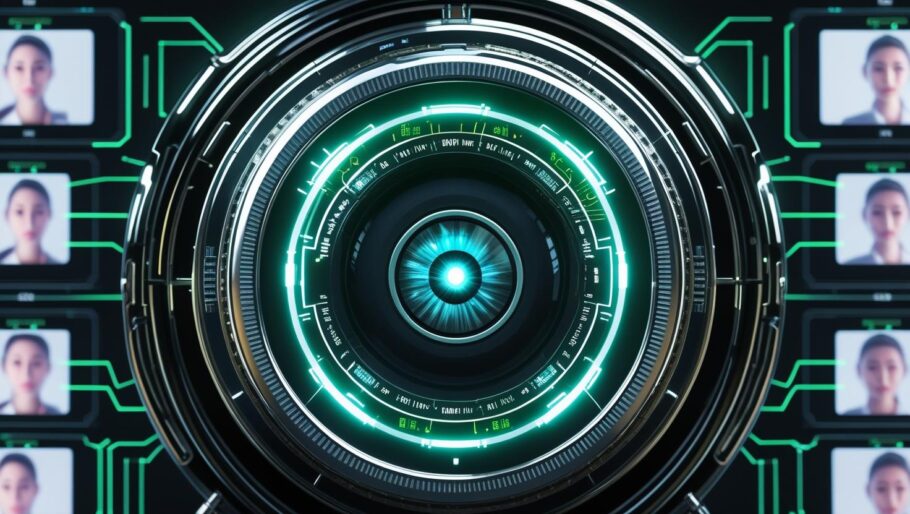Contents
What Is Computer Vision and How Does It Work?
Introduction
Computer vision is one of the most exciting fields in artificial intelligence (AI). It enables machines to “see,” interpret, and make decisions based on visual input—just like humans. From facial recognition on smartphones to self-driving cars, computer vision is transforming industries. But how does it actually work? Let’s explore.
What Is Computer Vision?
Computer vision is a branch of AI that trains machines to interpret and understand visual data from the world—such as images, videos, and real-time feeds. The goal is to enable computers to perform tasks like identifying objects, recognizing faces, detecting patterns, and making decisions based on what they see.
How Computer Vision Works
The process of computer vision involves several key steps:
- Image Acquisition: Capturing the visual input using cameras or sensors.
- Preprocessing: Enhancing the image through resizing, filtering, or normalization to prepare it for analysis.
- Feature Extraction: Detecting patterns, shapes, colors, or edges that help distinguish one object from another.
- Classification: Using AI models, especially deep learning, to categorize and label the visual data (e.g., “cat,” “car,” “person”).
- Decision Making: Based on the analysis, the system performs actions—like unlocking a phone or triggering an alert.
Technologies Behind Computer Vision
Modern computer vision relies heavily on deep learning and neural networks. Convolutional Neural Networks (CNNs) are especially powerful for image recognition tasks. Other key tools include:
- OpenCV – an open-source computer vision library
- TensorFlow and PyTorch – deep learning frameworks
- YOLO (You Only Look Once) – for real-time object detection
Real-World Applications
Computer vision is used in a wide variety of industries:
- Healthcare: Analyzing medical images like X-rays and MRIs.
- Automotive: Enabling autonomous vehicles to navigate roads.
- Retail: Visual search, product tagging, and inventory management.
- Security: Facial recognition and surveillance systems.
- Agriculture: Monitoring crop health through drone imagery.
Why It Matters
Computer vision enables automation of tasks that were once human-only. It boosts efficiency, accuracy, and safety. As AI continues to evolve, the role of computer vision will only grow more significant across daily life and business processes.
Conclusion
Computer vision is a fascinating and fast-growing area of artificial intelligence. By teaching machines how to see and interpret the world visually, we’re opening doors to new innovations in technology, healthcare, and beyond. Whether you’re a tech enthusiast or a business leader, understanding how computer vision works is key to the future of AI.



